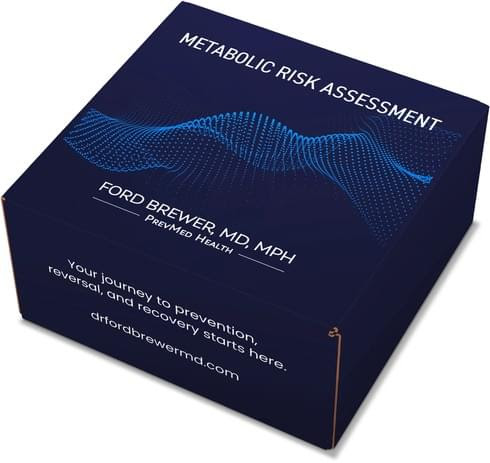In a COVID-19 virtual press conference on June 8, 2020, Dr. Maria Van Kerhove said, “From the data we have, it still seems to be rare that an asymptomatic person actually transmits onward to a secondary individual.”
Van Kerkhove added that among reported asymptomatic individuals, “many have really mild disease.” Then there are some people who are “truly asymptomatic and PCR-positive.” But in countries tracing asymptomatic, “they’re not finding secondary transmission onward.”
Van Kerkhove is the head of emerging diseases and zoonosis unit and the technical lead on COVID-19 response of WHO (World Health Organization).
Asymptomatic vs. presymptomatic
Van Kerkhove’s statements during the conference created ripples of confusion across the globe. The source of the confusion appeared to be between the use of the terms “asymptomatic” and “presymptomatic.”
While some COVID-19 cases are asymptomatic, sometimes the term can mistakenly describe people who haven’t started showing symptoms yet.
Van Kerhove may have indeed erred in using the two terms. She said that things seen in asymptomatic people are “not ‘COVID symptoms’ meaning symptoms may not have developed ever yet.”
Asymptomatic means the infected person doesn’t have any symptoms at all during infection. On the other hand, presymptomatic means the infected person hasn’t initially shown the symptoms but get sick, eventually.
Judging by Van Kerhove’s descriptions, she seemed to refer to presymptomatic cases.
What the experts say
Many experts had already expressed that asymptomatic transmission is a key source of new COVID-19 cases.
For instance, 5 days earlier, Daniel Oran and Eric Topol published a study titled “Prevalence of Asymptomatic SARS-CoV-2 Infection: A Narrative Review” in the peer-reviewed Annals of Internal Medicine.
They wrote:
The likelihood that approximately 40% to 45% of those infected with SARS-CoV-2 will remain asymptomatic suggests that the virus might have greater potential than previously estimated to spread silently and deeply through human populations. Asymptomatic persons can transmit SARS-CoV-2 to others for an extended period, perhaps longer than 14 days.
In an email sent on June 9, The Harvard Global Health Institute wrote:
The WHO created confusion yesterday when it reported that asymptomatic patients rarely spread the disease… All of the best evidence suggests that people without symptoms can and do readily spread SARS-CoV-2. In fact, some evidence suggests that people may be most infectious in the days before they become symptomatic…
On its coronavirus Q&A page, WHO even stated that “people with no symptoms can transmit the virus” but “it is not yet known how often it happens.”
WHO took back its original statements
On June 9, Van Kerhove sought to clarify her statement.
We do know that some people who are asymptomatic or some people who don’t have symptoms can transmit the virus on. And so what I was referring to yesterday in the press conference were a very few studies. Some 2 or 3 studies that have been published that actually tried to follow asymptomatic cases.
On June 10, WHO Director-General Tedros Adhanom Ghebreyesus issued a statement following Van Kerhove’s statement on asymptomatic transmission. However, his statement was, by far, not a direct clarification.
We have said that asymptomatic people can transmit COVID-19 but that we need more research to establish the extent of asymptomatic transmission. That research is ongoing, and we are seeing more and more research being done.
The significance of asymptomatic COVID-19 transmission
Looking at these events and pronouncements, it appears that WHO sees no significant spread of disease from “asymptomatic super-spreaders.” Moreover, it will probably have a minimal immediate impact on public health and containment strategies. In the long run, this might mean that there is little need to worry about lurking sources of infections in stable populations. However, at some point, and in certain situations, that could be significant in terms of outbreak management.
To understand things further, one should look into previous public health cases. For instance, take the case known as “typhoid Mary.” If this type of case does not become a possibility for SARS-CoV-2, it will have obvious implications in public health outbreak containment strategies.
Watch this video for a more comprehensive discussion of this topic.
If you found this article helpful and want to start taking steps toward reversing your chronic disease, Dr. Brewer and the PrevMed staff are ready to serve you no matter where you’re located.
To find out more, schedule a consult here: prevmedhealth.com

